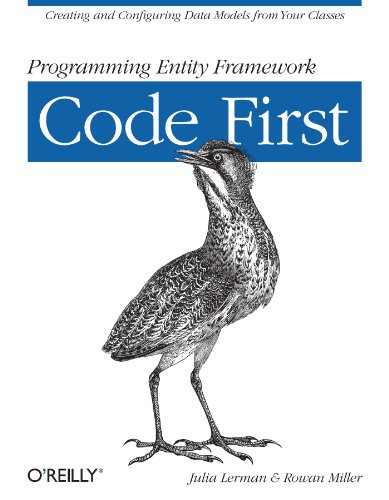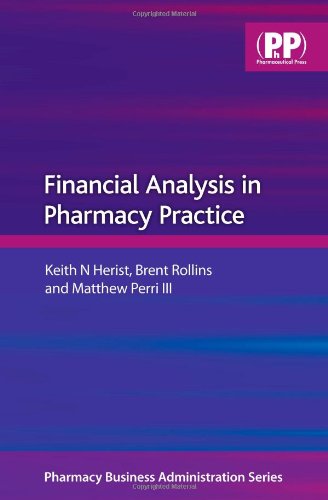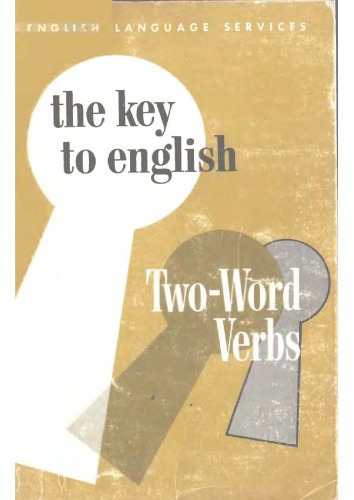- 2 402 202 книги
- Поиск
libcats.org









Strain- and stress-based continuum damage models
Silmo J.Continuum elastoplastic damage mbdels employing irreversible thermodynamics and internal state variables are developed within two alternative dual frameworks. In a strain [stress]-based formulation, damage is characterized through the effective stress [strain] concept together with the hypothesis of strain [stress] equivalence, and plastic flow is introduced by means of an additive split of the stress [strain] tensor. In a strain-based formulation we redefine the equivalent strain, usually defined as the J2-norm of the strain tensor, as the (undamaged) energy norm of the strain tensor. In a stress-based approach we employ the complementary energy norm of the stress tensor. These thermodynamically motivated definitions result, for ductile damage, in symmetric elastic-damage moduli. For brittle damage, a simple strain-based anisotropic characterization of damage is proposed that can predict crack development parallel to the axis of loading (splitting mode). The strain- and stress-based frameworks lead to dual but not equivalent formulations, neither physically nor computationally. A viscous regularization of strain-based, rate-independent damage models is also developed, with a structure analogous to viscoplasticity of the Perzyna type, which produces retardation of microcrack growth at higher strain rates. This regularization leads to well-posed initial value problems. Application is made to the cap model with an isotropic strain-based damage mechanism. Comparisons with experimental results and numerical simulations are undertaken in Part II of this work.
EPUB | FB2 | MOBI | TXT | RTF
* Конвертация файла может нарушить форматирование оригинала. По-возможности скачивайте файл в оригинальном формате.
Популярные книги за неделю:

Проектирование и строительство. Дом, квартира, сад
Автор: Петер Нойферт, Автор: Людвиг Нефф
Размер книги: 20.83 Mb

Система упражнений по развитию способностей человека (Практическое пособие)
Автор: Петров Аркадий НаумовичКатегория: Путь к себе
Размер книги: 818 Kb

Сотворение мира (3-х томник)
Автор: Петров Аркадий НаумовичКатегория: Путь к себе
Размер книги: 817 Kb

Радиолюбительские схемы на ИС типа 555
Автор: Трейстер Р.Категория: Электротехника и связь
Размер книги: 13.64 Mb

Момент истины (В августе сорок четвертого...)
Автор: Богомолов Владимир ОсиповичКатегория: О войне
Размер книги: 1.83 Mb
Только что пользователи скачали эти книги:

Лирические сказки для взрослых и детей
Автор: Кривченко ЕвгенийКатегория: Русская классическая проза
Размер книги: 533 Kb

Programming Entity Framework: Code First
Автор: Julia Lerman, Автор: Rowan Miller
Размер книги: 1.49 Mb

Financial Analysis in Pharmacy Practice (Pharmaceutical Business Administration Series)
Автор: Keith N. Herist, Автор: Brent L., Автор: Ph.D. Rollins, Автор: Matthew, Автор: III, Автор: Ph.D. Perri
Размер книги: 1.09 Mb

The Key to English Two-word Verbs (Key to English Series)
Автор: English Language Services
Размер книги: 4.64 Mb







